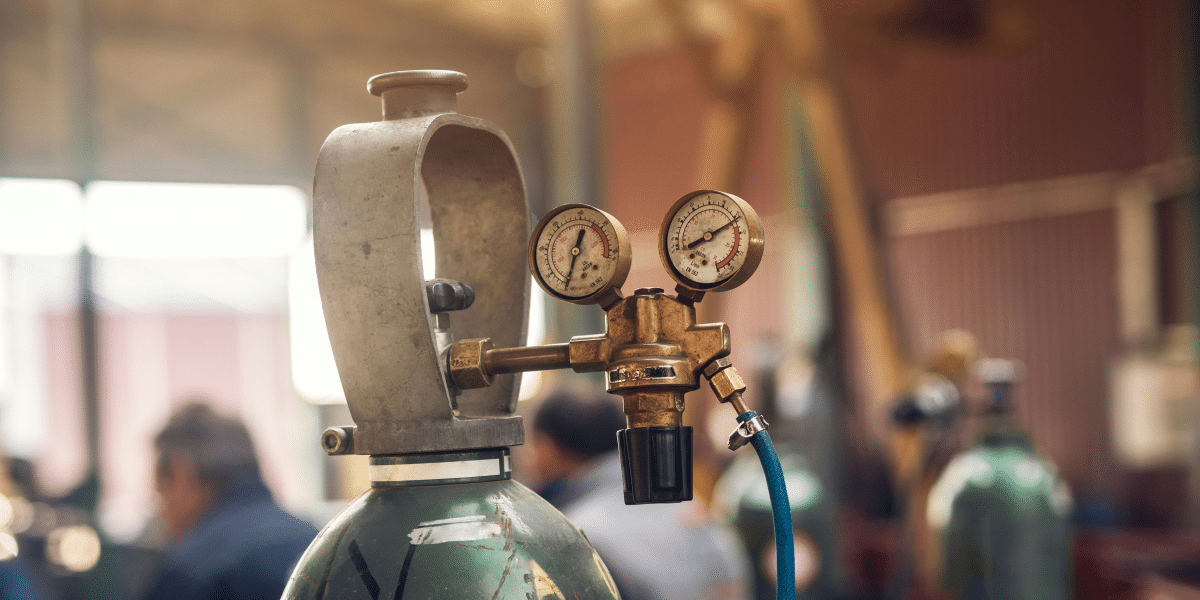In many sectors, hydrostatic testing is a crucial safety precaution used to verify the integrity of pressure systems, such as tanks, pipelines, and others. Hydrostatic testing involves filling it with water and then applying pressure to determine if a vessel can sustain the expected pressure without leaking or failing.
Even though this testing method is widely known, its legal necessity is frequently questioned. Let’s discuss the legal requirements of hydrostatic testing services, their role in safety compliance, and the repercussions of neglecting them.
What is Hydrostatic Testing?
Hydrostatic testing is a method used to check the strength and durability of pressure systems such as pipes, boilers, tanks, and pipelines. The system is filled with water, and pressure is applied to test its resistance.
The water is the most crucial component of the test since it is nearly incompressible, which makes it a safer and more reliable way to check for leaks or weaknesses in the structure. It is safe to use if the pressure system can withstand the hydrostatic test without showing signs of damage or leaks.
When is Hydrostatic Testing Legally Required?
Hydrostatic testing is required in most industries under particular circumstances. Some of the common scenarios include:
Before New Installations: Any new equipment or pressure system must be tested to ensure safety.
After Repairs or Alterations: A pressure system that is repaired or altered must be reinspected to ascertain whether this action has placed the system outside safety boundaries.
Regular Safety Checking: Many industries have regular check schedules for hydrostatic testing services near me. This is essential to checking that pressure systems remain safe for continued operation.
After Natural Disasters or Accidents: If equipment is damaged due to a natural disaster, it will have to be tested before being returned to the service.
Test timing and frequency depend on the regulations for that particular industry and the type of equipment involved.
Hydrostatic Testing and Compliance with Safety Standards
One of the reasons for conducting these tests is compliance with safety standards. If they fail, pressure systems are quite hazardous, leading to severe accidents, injuries, or environmental hazards. Companies prevent leaks, ruptures, and other failures that could cause harm by carrying out these tests.
For instance, hydrostatic testing services are conducted in the oil and gas industry to avoid hazardous leaks from pipelines that may cause explosions or environmental contamination. In construction, testing pressure tanks and fire suppression systems ensure they function correctly in emergencies. Following industry standards can keep a safe working environment and prevent accidents.
Benefits of Adhering to Safety Standards
- Ensures that equipment and processes meet safety standards, thus reducing the chances of injury to employees.
- Adhering to regulatory standards prevents costly fines, legal liabilities, and increased insurance premiums.
- Employees feel safer and more valued, thus improving job satisfaction and productivity.
- It demonstrates a commitment to safety, thus building trust with clients, regulators, and the public.
- It minimizes downtime due to accidents or equipment failure, thus ensuring business operations are smooth.
Effects of Non-Compliance
Non-adherence to the legal standards of hydrostatic pressure tests could have serious implications. Such implications include fines and penalties, even complete operations shut down. In some cases, companies that do not carry out the required tests may be held liable for accidents or damage caused by faulty equipment.
For example, if a pipe bursts due to a lack of testing, the company may be liable for the cost of repairs, damages, and any legal claims arising from the incident.
In addition, failure to meet safety regulations is a blow to the reputation of any company and creates mistrust among clients, partners, and employees. Testing not only protects equipment but also helps companies maintain a good standing within their industry.
Conclusion
Hydrostatic testing is important in ensuring pressure systems’ safety and integrity. These tests help prevent leaks, equipment failure, and accidents. Whether required by law or as part of standard industry practice, a hydrostatic test is necessary to remain compliant with legal requirements to ensure the safety of workers, protect the environment, and avoid costly penalties.
If you’re unsure about the requirements for your business, it’s always a good idea to consult with experts in the field to ensure your equipment is tested properly and on time.
Disclaimer: The information provided in this article is for general informational purposes only and is not intended as legal, financial, or professional advice. While we strive for accuracy, we make no representations or warranties, express or implied, about the completeness, accuracy, reliability, suitability, or availability of this information. Use of this information is at your own risk.
Published by Mark V.

















